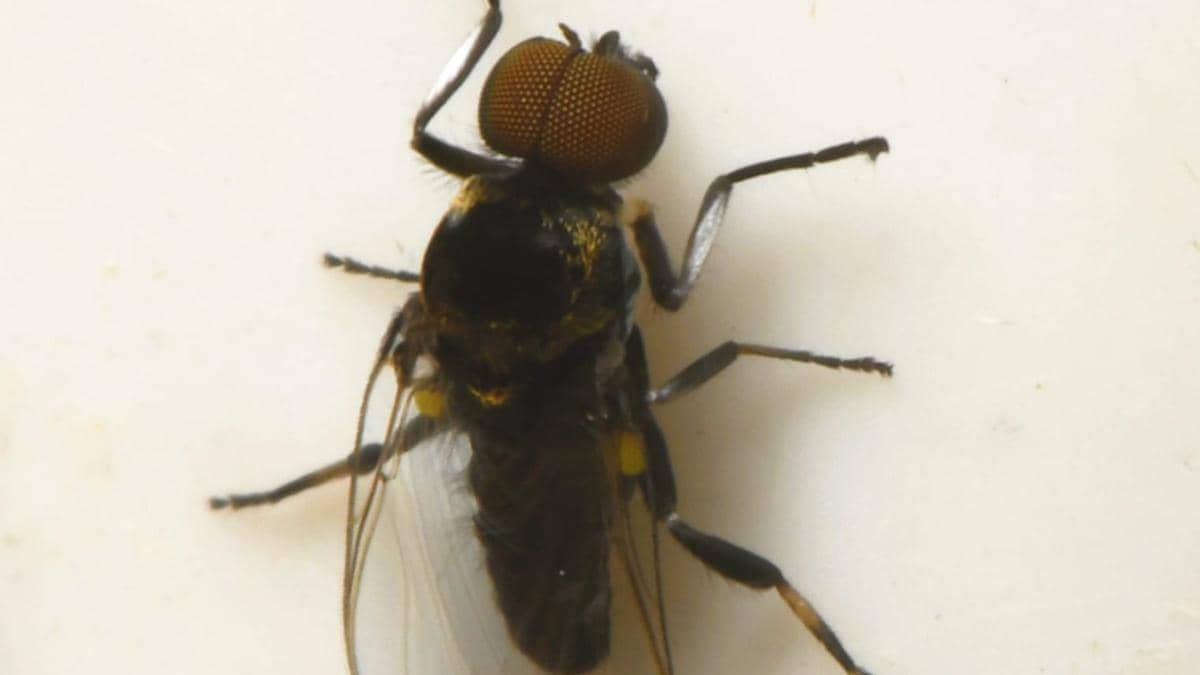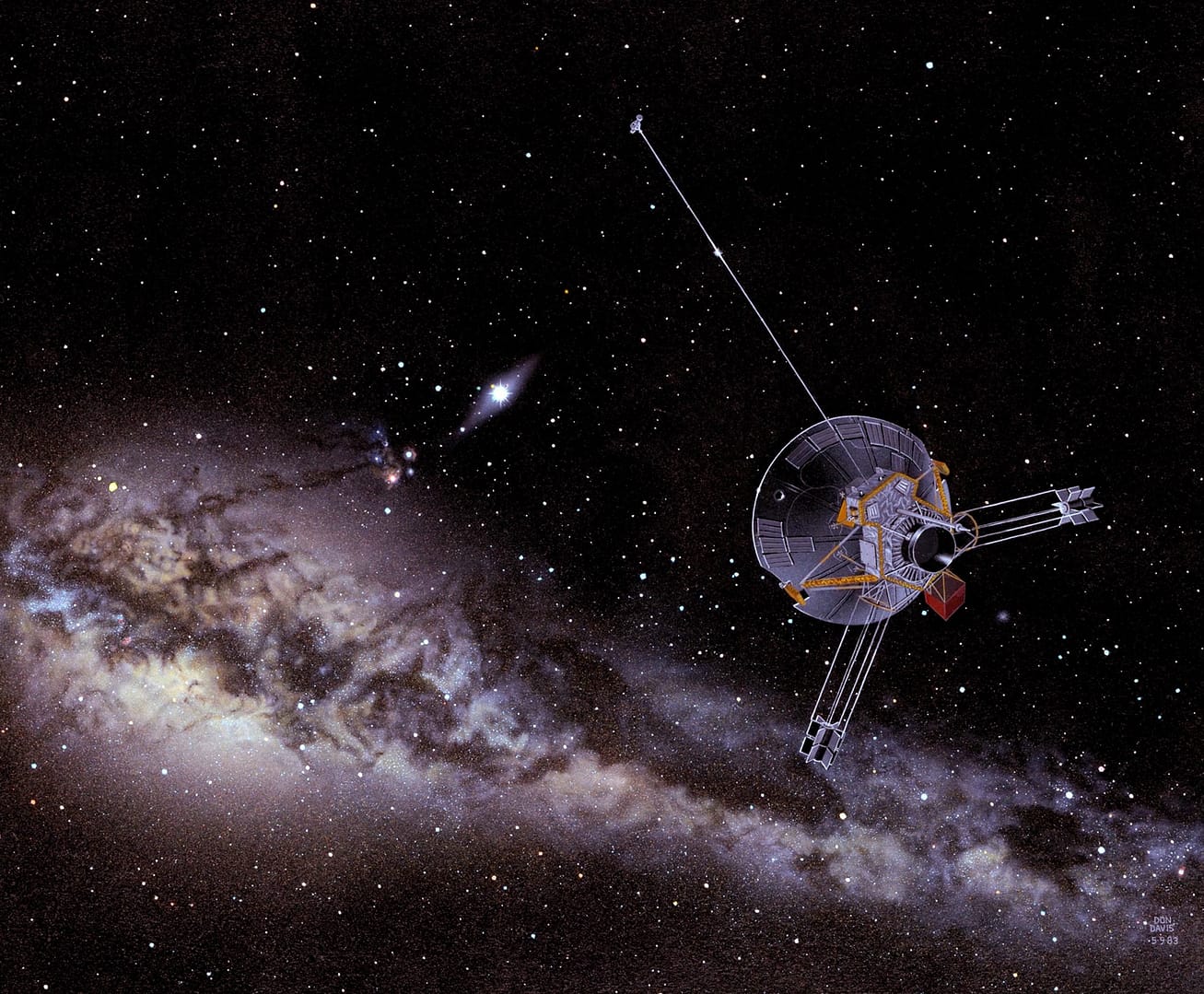Category: Science & Technology
-

Google’s Ironwood Chip
Recently, Google revealed its Ironwood processor, marking advancement in artificial intelligence (AI) technology. This chip is specifically designed for inference computing, which involves rapid calculations necessary for applications like chatbots. The Ironwood chip aims to compete with Nvidia’s AI processors and represents a decade-long investment by Google in developing its own hardware for AI applications.…
-

World’s First 3D-Printed Train Station in Japan
Recently, Japan’s West Japan Railway Company revealed the world’s first 3D-printed train station in Arida town. This innovative project replaced a weathered wooden complex that had been in operation since 1948. The new station, Hatsushima, was constructed swiftly in under six hours, showcasing the potential of 3D printing technology in addressing the challenges faced by…
-
Three Gorges Antarctic Eye Telescope
China has recently inaugurated the “Three Gorges Antarctic Eye” radio/millimetre-wave telescope. This facility is situated at the Zhongshan Station in Antarctica and marks advancement in China’s astronomical research capabilities. The telescope is designed to study interstellar gas, particularly hydrogen and ammonia, and to investigate star formation processes. About the Telescope The Three Gorges Antarctic Eye…
-
De-Extinction of Dire Wolf
In a groundbreaking achievement, scientists have revived the dire wolf, an extinct species that disappeared approximately 12,500 years ago. This remarkable feat was accomplished by Colossal Biosciences, a Texas-based company, using advanced genetic engineering techniques. The two pups were named Romulus and Remus About Dire Wolf The dire wolf (Aenocyon dirus) was a large canine…
-
AI Bias in Healthcare Diagnostics
Recent studies have brought into light concerns regarding the use of generative artificial intelligence (AI) in healthcare. A recent investigation revealed that AI tools may offer biased diagnostic or treatment recommendations based on a patient’s socioeconomic status or demographic profile. This bias can lead to unequal healthcare outcomes and potentially worsen existing disparities in medical…
-
ESA’s Biomass Mission
The European Space Agency (ESA) is set to launch its Biomass mission, aimed at mapping the world’s forests. Scheduled for lift-off on April 29, 2025, this mission will enhance our understanding of forests’ roles in the carbon cycle. The satellite will operate in a low Earth orbit, using a synthetic aperture radar (SAR) to assess…
-
DNA Barcoding for River Blindness Management
Recent developments in the study of blackflies have implications for managing river blindness, a serious parasitic disease. A team from the Zoological Survey of India has published findings in an international journal that highlight the importance of accurate species identification for effective control strategies. About River Blindness River blindness, or onchocerciasis, is caused by the…
-
Iron Opacity in Sun
Recent studies have revealed vital information about the opacity of iron in the sun. This opacity affects our understanding of stellar physics and the behaviour of stars. Scientists have long debated the discrepancy between observed data and theoretical models regarding elemental abundances in the sun. New research suggests that iron’s opacity may be much higher…
-
Pioneer 11 Spacecraft
The Pioneer 11 spacecraft made contributions to space exploration during its mission in the late 1970s. Launched on April 6, 1973, it was part of important programme aimed at utilising a rare planetary alignment to study the outer planets of our solar system. This mission provided invaluable data on Jupiter and Saturn, shaping our understanding…
-
Re-Entry of POEM-4 Module
Recently, the Indian Space Research Organisation (ISRO) achieved milestone with the controlled re-entry of the PSLV Orbital Experimental Module (POEM-4) into Earth’s atmosphere. The successful re-entry puts stress on ISRO’s commitment to managing space debris and promoting sustainable operations in outer space. POEM-4 Mission POEM-4 was launched on December 30, 2024, as part of the…







